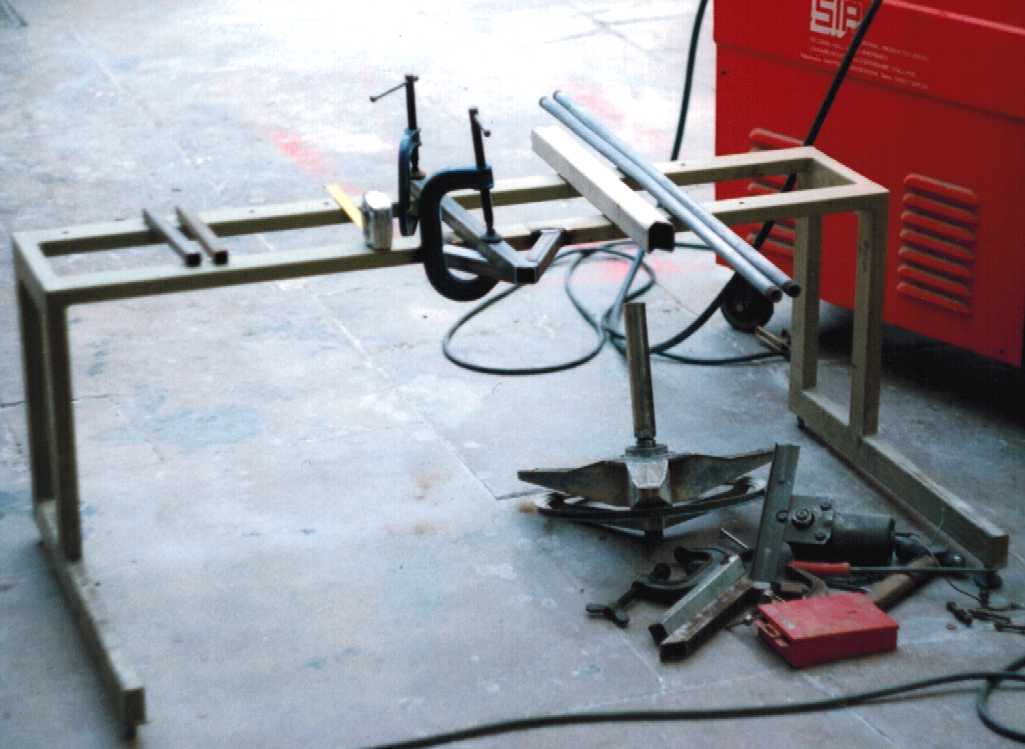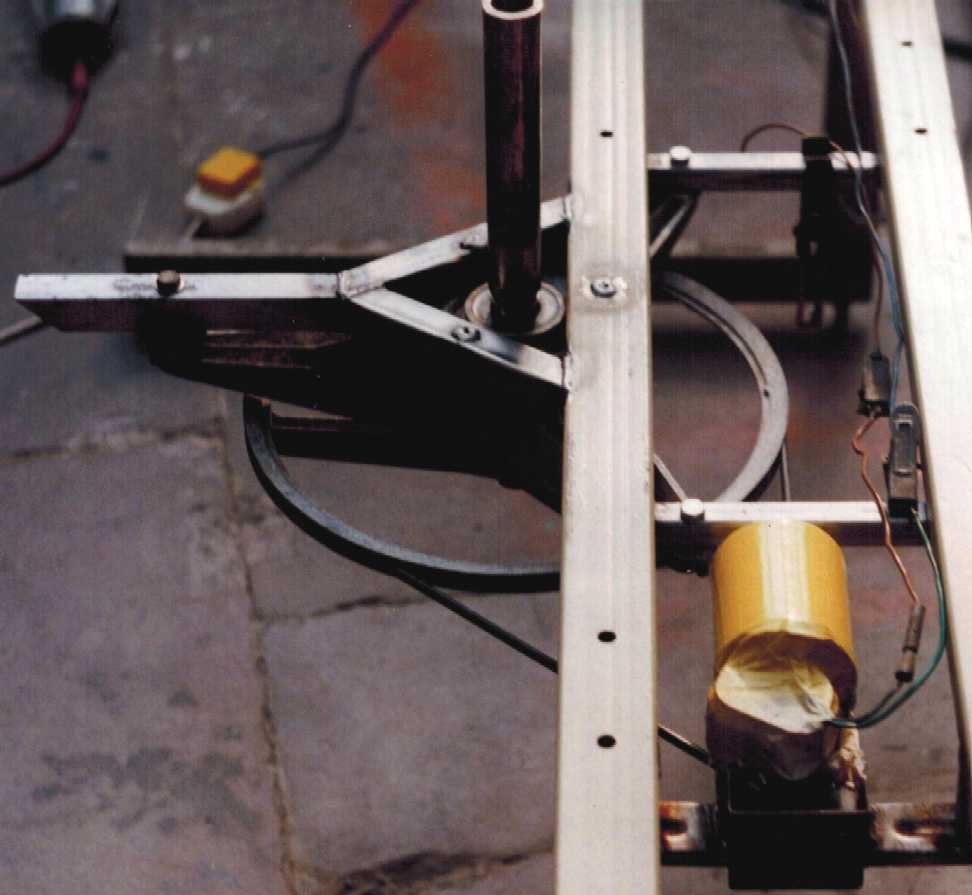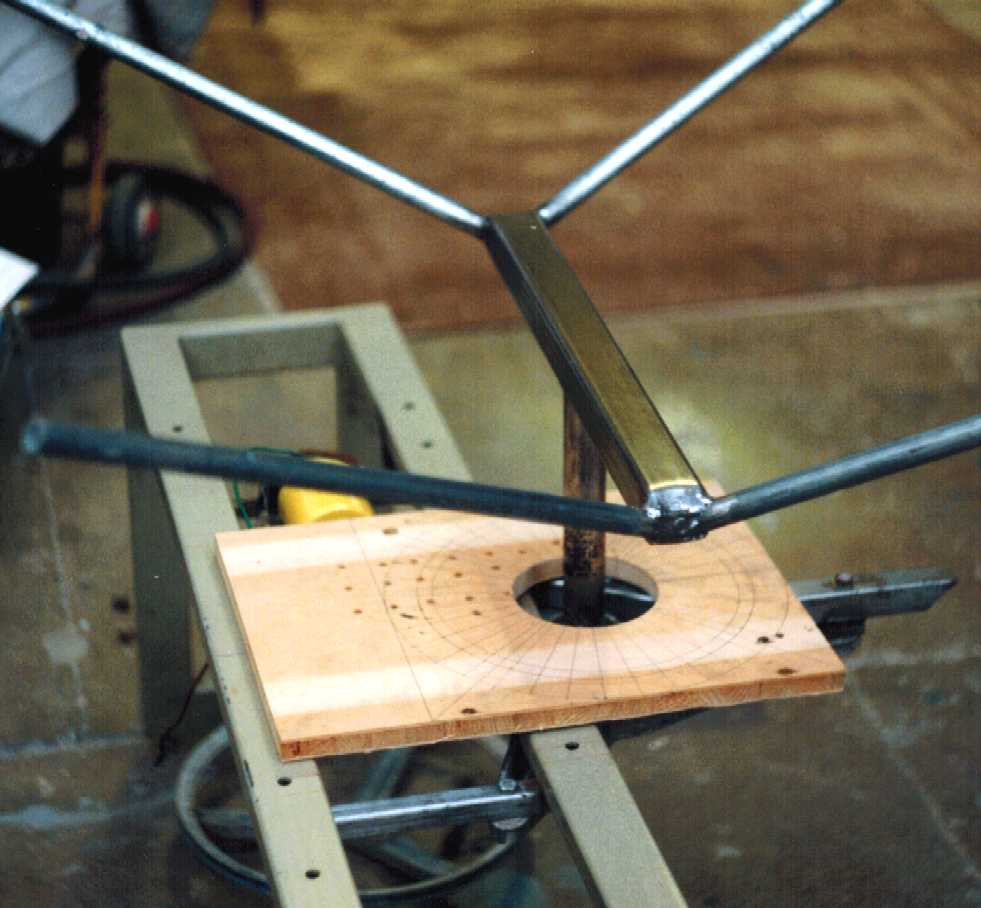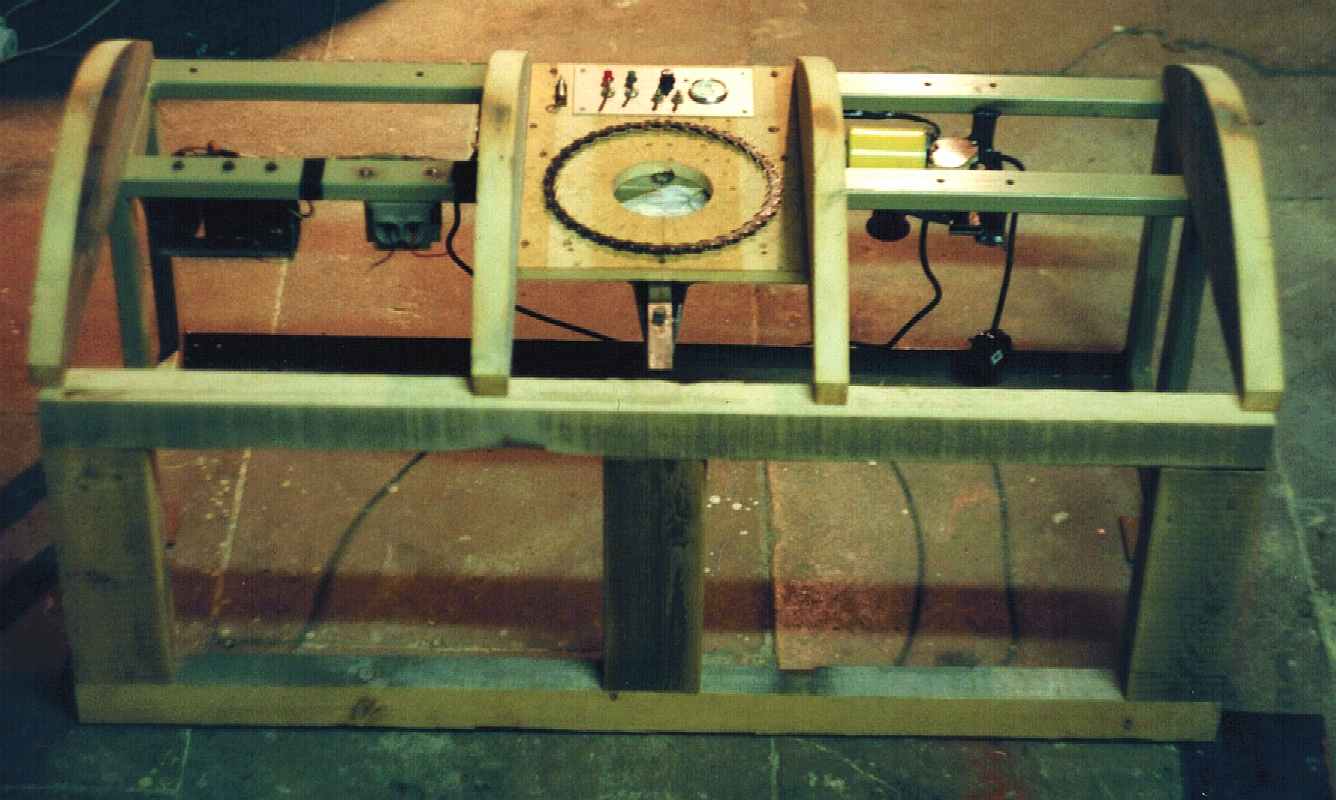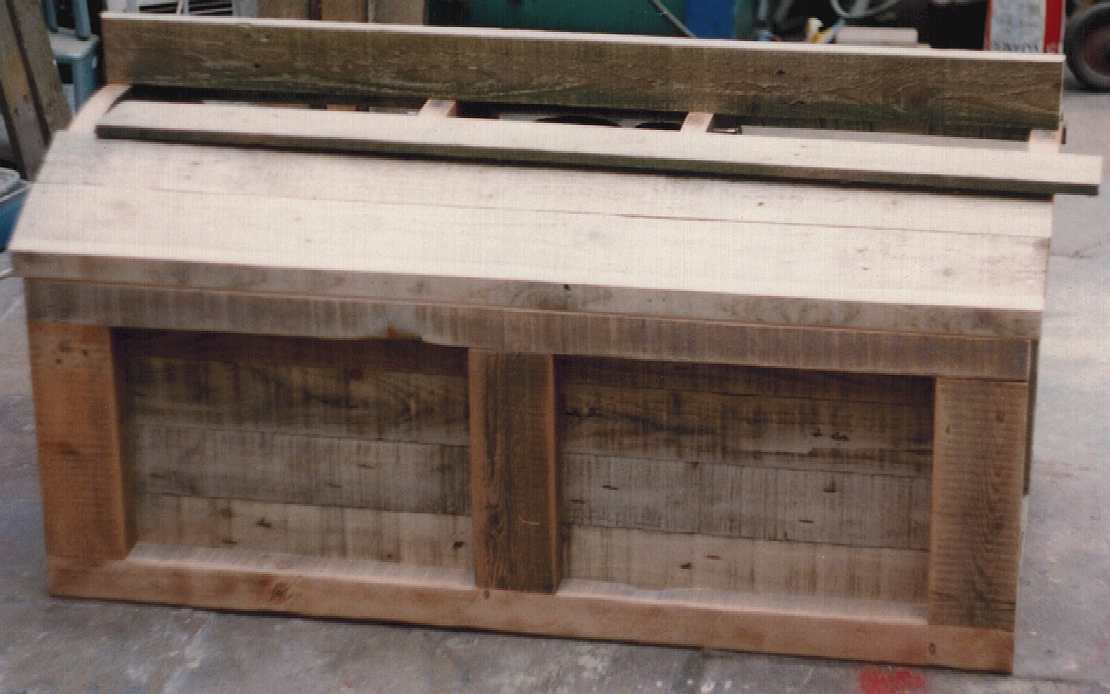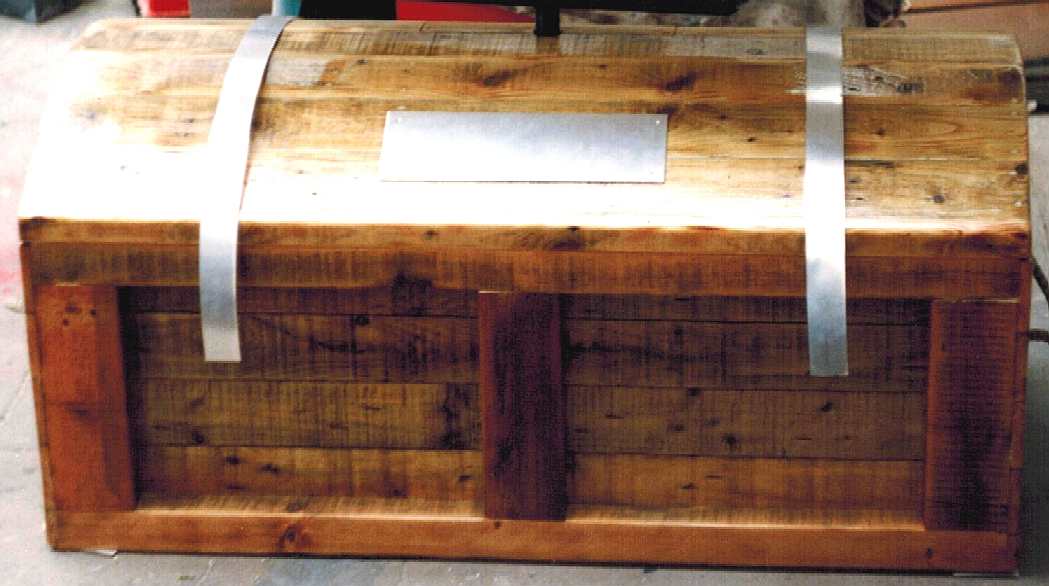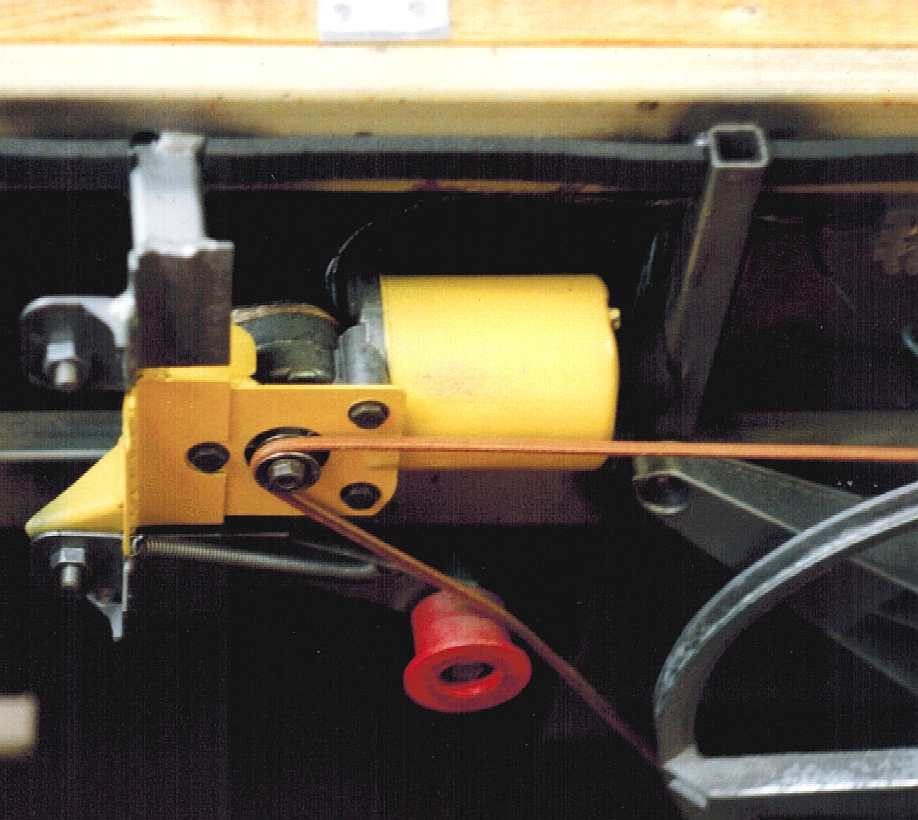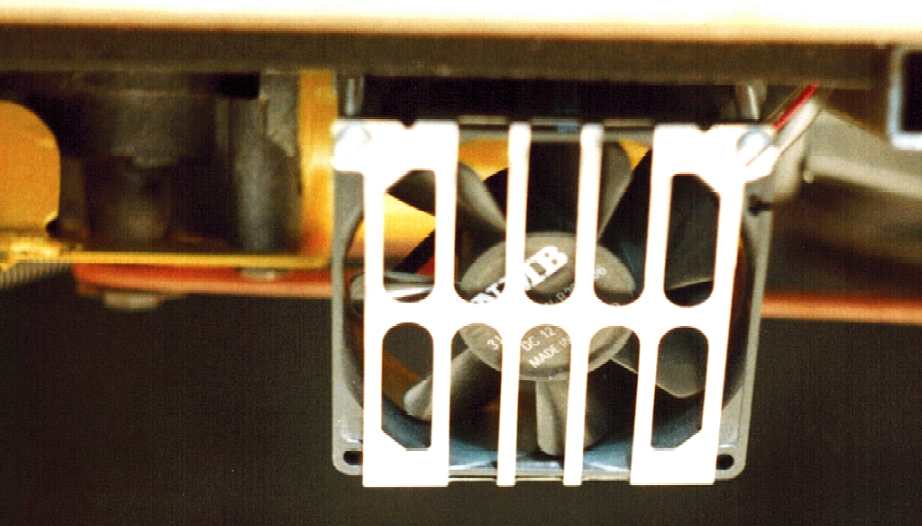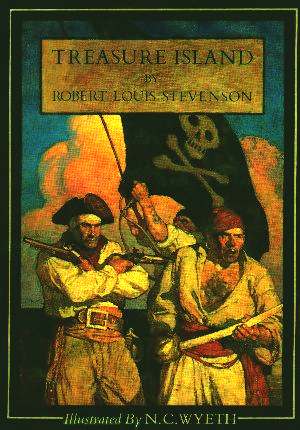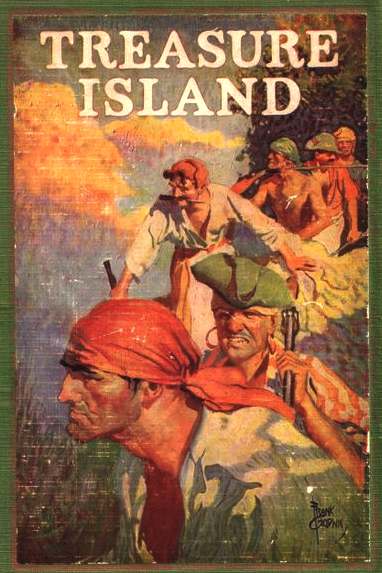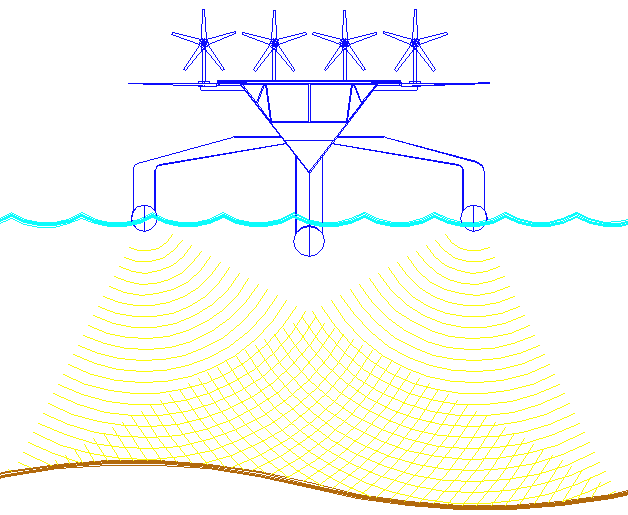|
PIRATES TREASURE CHEST - FOR HIRE
|
||
|
EXHIBITION EQUIPMENT
SHOW STANDS
The Treasure Chest (TC) stand featured on this page may have been cobbled together from recycled materials, but future stands may be purpose designed for customers as new builds for cars and boats in particular, or indeed any object in practice, such as a model of a house or city.
The TC example includes several innovative features which may give you ideas as to displays. Lighting has not been explored, which is one way of enhancing a show stand that we are currently thinking about for future events, building on the light display that is intrinsic to this design, timed from a central camshaft, but extending the use to include additional camshafts for spotlights color shift and movement.
To some this might look like a pile of old junk - and it is. But, put together scrap steel and old motor parts can be very useful. This is recycling. What we have here is an old office desk where all the wooden parts have gone, a washing machine drum bearing and an old Ford Escort MkI windscreen wiper motor. The one bit of equipment that pulls these parts all together is the SIP welder on the right. Apart from welding gas, wire and electricity, everything else is recycled.
HIRE or BUY
The basic Treasure Chest (TC) stand is available for hire at £200 a day, or £500 week + delivery and collection charges.
Stands of a similar size may be purchased as corporate custom builds from £3,000. A rotating table for a small car or boat of around 4 meters may be supplied starting from £6,000. Larger powered displays will be quoted for on receipt of a brief. Contact ip@bluebird-electric.net for details.
PIRATES TREASURE - A BRIEF HISTORY
A buried
treasure is an important part of the popular beliefs surrounding pirates and Old West outlaws.
The essential ingredient of which is a large wooden chest. According to popular conception, criminals and others often buried their stolen fortunes in remote places, intending to return for them later, often with the use of treasure maps.
Well, there you have it. The washing machine bearing and pulley is now bolted into a steel 'Y' frame. That connects to the Ford wiper motor via a leather belt as used on sewing machines. To the bearing an upright tube of heavy gauge steel has been welded.
Okay, so we now have a motorised turntable, onto which is welded a steel carrier comprised of one 'T' arm made of 40 x 40 mm box section and four 16 gauge steel tubes. Before all that was put in place, you can see that a piece of block-board has been fitted over the rotating shaft - and is marked with regular radians.
Here the steel desk is shown with four timber semi-circular formers for the chest top. You can also see two transformer on the left, bolted under one steel bar. The wiper motor in on the right and the block-board has now been fitted with a custom control panel that gives two speeds, clockwise and counter-clockwise and fine variable speed. You can also see a circular array of micro-switches that are driven by a cam bolted to the main 'T' carrier. The timber frames have to be bolted to the steel desk frame.
The planks (actually slats) from salvaged pallets, are cut to length and screwed to the semi-circular formers.
With a bit of elbow grease and a sheet or two of sandpaper (40 grit production paper), the old pallet timbers are brought back to life. What really makes a difference is the several coats of Cuprinol Yacht varnish. Before varnishing fine sand with 120 grit.
Refinement to the motor drive is an adjustable spring tensioner which allows the pressure at which the turntable might be stopped to be varied. Thus, if a small child were to get in the path of the rotating display, the display simply stops. The system acts like a safety clutch.
During one continuous day of operation at Earl's Court in London, the motor got extremely hot. It turned out that the copper commutators were blocked with carbon. The joins were scraped clean and washed in solvent. The motor casing was drilled with a series of ventilating holes and the computer fan in this picture was added to circulate air when the treasure chest door is closed. The unit never overheated again - even when run for days on end.
BOOKS ABOUT BURIED TREASURE
The most famous treasure hunting yarn is undoubtedly Robert Louis Stevenson, with Treasure Island. Many films have been made based on this book and we're sure that there will be many more to come. A newcomer to the genre is fellow countryman Jameson Hunter with his "Golden Skull," adventure - also based in the Caribbean but with a contemporary setting.
LINKS
http://www.maritimeprofessional.com/News/351646.aspx https://www.cuprinol.co.uk/ support@maritimeprofessional.com http://www.treasurenet.com/forums/shipwrecks/1062-heartland-treasure-quest.html http://www.marinelink.com/news/academic-treasure-hunters351646.aspx http://www2.tbo.com/news/breaking-news/2012/mayus-supreme-court-rejects-appeal-odyss
The ultimate Robot Treasure Hunter, the SWAN marine exploration robot uses SNAV patent technology in an advanced active hull to provide autonomy for archaeological exploration.
|
||
|
This website is Copyright © 2013 Bluebird Marine Systems Ltd. The names Bluebird™, Bluefish™, SeaVax™, and the blue bird and fish in flight logos are trademarks. All other trademarks are hereby acknowledged. CONTACTS NOTE: We are not affiliated with any other company using the name "Bluebird." The color blue is reserved to our company and our affiliates.
|
